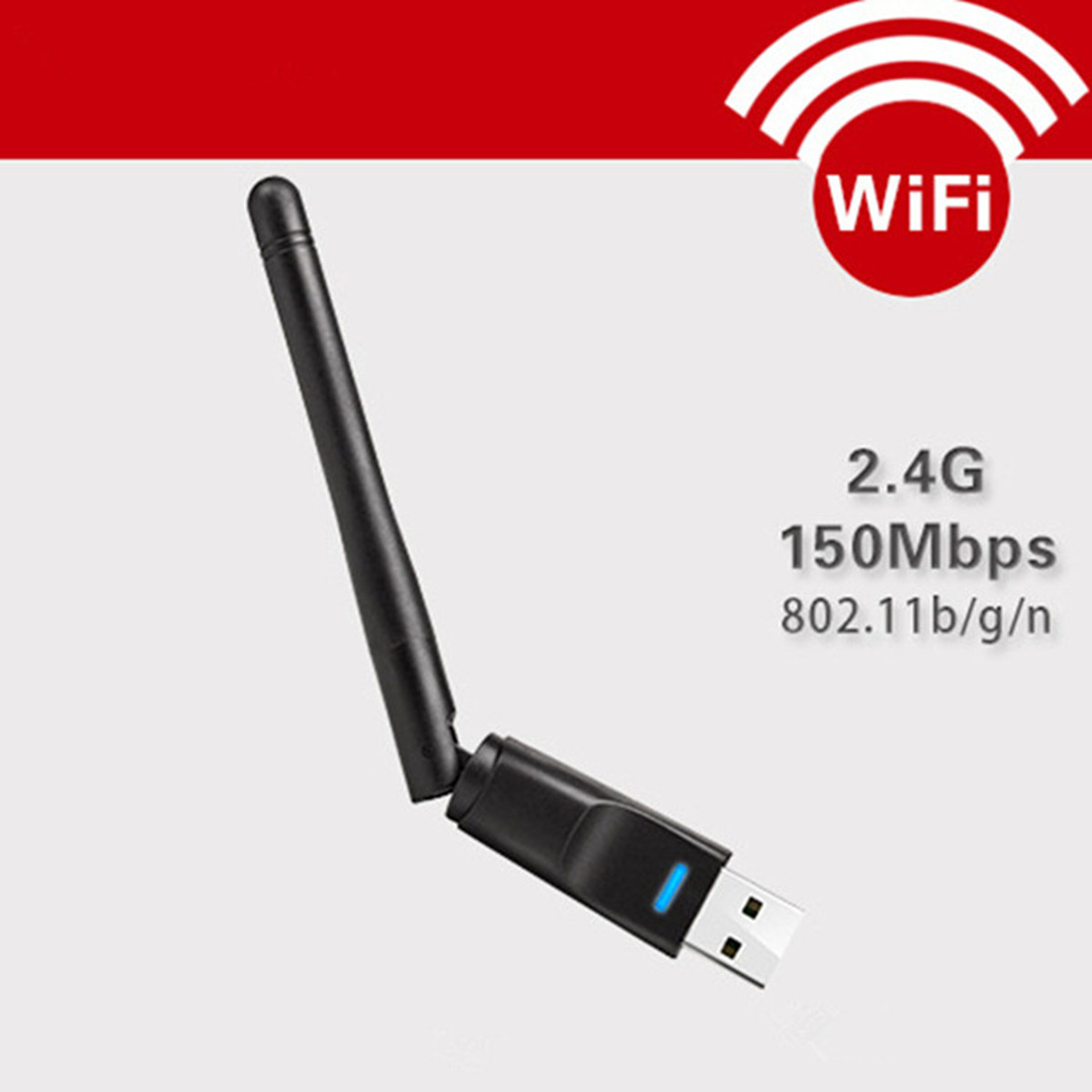Wifi Adapter For Mac

Netgear Wifi Adapter For Mac
As the Mac 911 columnist at Macworld, I’ve received hundreds of emails from people who have had Wi-Fi fail on their computers. In August 2016, I wrote a column that provided to troubleshoot the problem, which is sometimes caused by system software, sometimes by failed hardware, and sometimes by a bad connection. If you’ve gone through all those stages or you want a second Wi-Fi connection on your Mac—useful for firewalls, relaying a Wi-Fi network, and other purposes—the (model EW-7822ULC; $24.99 MSRP; available on ) seems to be not only a good solution, but the only solution. Once, a variety of alternatives existed for the Mac, but there’s no simply not enough of a market for them, and Edimax continues to update driver and utility software, keeping it viable. The drivers for macOS 10.12 Sierra only appeared in January, if you had previously discounted this as an option.
Mac Compatible Usb Wifi Adapter
A MAC (Media Access Control) address is a number that identifies the network adapter(s) installed on your computer. The address is composed of up to 6 pairs of characters, separated by colons. You may need to provide your MAC address to a router in order to successfully connect to a network. 1200Mbps USB Wifi Adapter YOTECE Wireless Dual Band (2.4G/300Mbps+5G/867Mbps) Network wifi 3.0 Antenna Dongle Adapter for WIN 7 /8 / 8.1 /10 Mac OS X 10.7-10.12.4 They will work with Realtek based USB wifi adapters – which is most of the devices on the market. Premiere keyboard shortcut for razor tool mac. MAC stands for Media Access Control Address. This is also referred to as Hardware Address, Physical Address, Adapter Address and Ethernet Address. To clarify, this MAC has nothing to do with the computers of Apple Macintosh. Primarily, this address is the identification number of the hardware, which.
Wi-Fi signals penetrate objects, but the denser an object and the more objects between an adapter and a base station, the less power that gets through or can be received. Bottom line If your Mac’s Wi-Fi has failed and you’ve tried everything free, and it’s running OS X 10.7 to 10.11 or macOS Sierra, drop $20 and put yourself back in wireless business.
The router receives its internet connection via a modem of some kind, most often cable or DSL these days. They first obtain a signal from your computer, which is then changed into a radio wave and transmitted via an external or internal antenna to your router. Wireless adapters come in: internal models and external models. External models either plug into a USB or Ethernet port, or they can be inserted into a memory card slot. Internal models fit into a PCI slot and will require you to take apart your computer case to install one.
Also, you should know that 500Mb units are on the market and eventually I will switch to those. Not because of my Internet speed (which is only 12Mb/sec) but because I move big files between computers and constantly backup to network storage within my home and want to be as close to the Gigabit Ethernet (1000Mb/sec) on my Macs as I can afford for those internal uses. It comes down to this, you might want to pick a powerline pair and a wifi unit and see which ones perform better where they need to work in your home. Wd my passport ultra mac. Part of your trial will be ensuring the powerline units can be plugged directly into free outlets in the wall itself to send/receive as pure a signal as possible, and measuring your throughput to see if you have any issues with appliances on your circuit. Then you see whether wifi ends up being faster or slower than that, and by then you should have a winner. Sorry that the answer here is like so many others in computerland: 'It depends.'